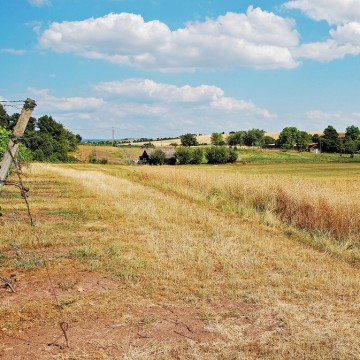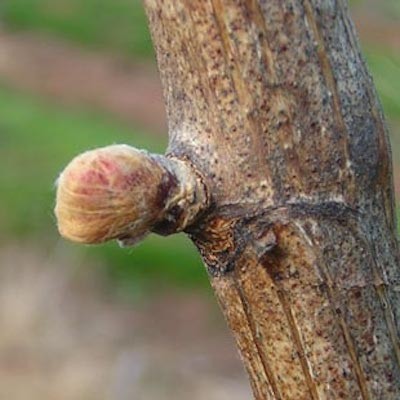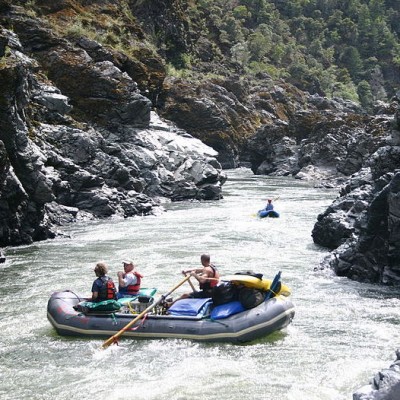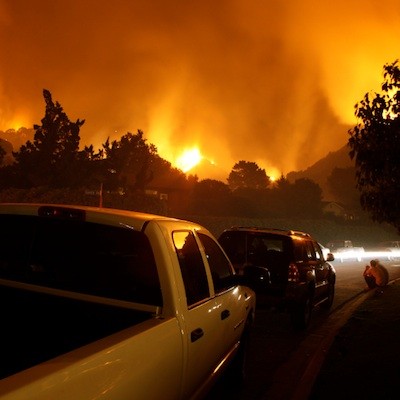Oregon Drought is First Real Test of Governor Brown’s Rural Leadership
Tuesday, March 31, 2015
The impending drought season, one of now three in a row, will be the first test of Oregon Governor Kate Brown’s ability to lead rural Oregonians through a crisis.

Photo: Governor Kate Brown via Facebook
“It’s kind of a slow motion crisis, but it’s going to be a big test for her,” said Pacific University Professor and political analyst Jim Moore. “She’s got to figure out drought mitigation issues.”
Since taking office, Brown has signed legislation such as the motor voter bill and the clean fuels standard that, although debated fiercely in the House, came as no surprise to constituents.
Come summer, roughly two thirds of the state’s area, and under one third of the population, will be in a region suffering from drought.
“A real leader would know they were viewed suspiciously by rural Oregonians as an urban Democrat, and take the time to visit the area and listen to people,” said Andrew Miller, CEO of Stimson Lumber, a longtime Oregon Republican donor. In Brown’s previous legislative roles, she did not have to show her interest in rural Oregon.
Visit the area
“The litmus test will be does she personally get out, sit and ask questions and patiently listen to people, some of whom are going to be hostile,” Miller said.
Brown is faced with the challenge of moving beyond being the secretary of state from Portland to being the Governor of the whole state, according to Moore.
“She needs to show she’s familiar, visit the area -- a lot and soon,” said Moore. “Burns, Denio, Klamath Falls.”
Brown’s spokesperson, Chris Pair, said the most significant action the governor can take is to declare a drought emergency, which give farmers access to additional measures. The governor signed two drought declarations in March, in Malheur and Lake counties, and is expected to sign another three in Crook, Harney, and Klamath Counties. Once a drought emergency is declared, stakeholders have more access to moving water.
This spring, Brown made stops in Eagleton, Pendleton, and Bend, although she is not on a formal tour of the state. Pair said rural Oregon will be a focus for the Governor, who plans to make further stops in eastern and southern counties, although no dates have been announced.
'Not a one-year thing'
Any measure other than investments in long-term solutions and infrastructure is a band aid, Oregon Farm Bureau Vice President of Public Policy Katie Fast said.
“We’re not facing a one year thing,” said Fast.

“The other thing is water resources at the state level really stepping up, Fast said. Western water law prohibits transferring water, and prevents water stored in the Klamath Basin from being used elsewhere.
A long-term development package worth $30 million in public funds and $20 million in loans is currently in the works for Oregon, which lags behind its neighbors in water storage and infrastructure.
Moore said the long-term planning must take into account the fact that drought is likely to be a permanent condition, affecting jobs, the power of counties, and that tax bases will change.
Store more water
Senator Doug Whitsett (R- Klamath Falls), a retired veterinarian who has been researching the Klamath Basin for 30 years, said the solution to a pending drought is a simple one.
“The first thing we need from leadership is to store more water,” Whitsett said. “The governor could do her finest work in trying to preserve as much water in reservoirs as possible for irrigation.”
Whitsett said the state needs to invest in long-term solutions such as constructing dams. However, the pushback from environmental groups due to riparian impact, and the infrastructural scope of damming rivers, has proven difficult. Mean time, Brown could direct agencies to prioritize stored water for agriculture, Whitsett said.
“It’s a two pronged thing. Firstly, we got the wrong form of precipitation, the other part is a concerted effort to prioritize fish over people,” Whitsett said.
Snow pack functions as a summer storage reservoir for Eastern and Southern Oregon. This year, although precipitation was above average, it came in the form of rain, not snow, causing a temporarily healthy volume of water in many of the rivers that is going out to sea.
“What [Brown] could do now is to try to better utilize the water we do have,” he said.
Governor Brown spent an hour speaking with Whitsett and his wife, Rep. Gail Whitsett, about the Klamath Basin and water storage issues last week, Whitsett said. The Republican Senator said he is confident in the governor’s commitment. Water reuse, such as municipalities partnering with nearby farmers to reuse water, is also being looked at.
Monday, roughly 150 farmers and food advocates with the group Friends of Family Farmers rallied at the Capitol to advocate for the $100 million a year “direct market” agriculture industry.The majority of farms in Oregon are between small and medium in size.
Related Slideshow: Oregon Industries Jeopardized by Warm Weather
The balmy weather Oregon is experiencing, although pleasant, does not bode well for some of the state’s biggest industries.
The early, hot spring has posed risks to Oregon’s wine industry, crops, forest services, apiculture (bees), outdoor recreation such as rafting, and has taken a serious toll on the state’s winter recreation industry.
















Follow us on Pinterest Google + Facebook Twitter See It Read It